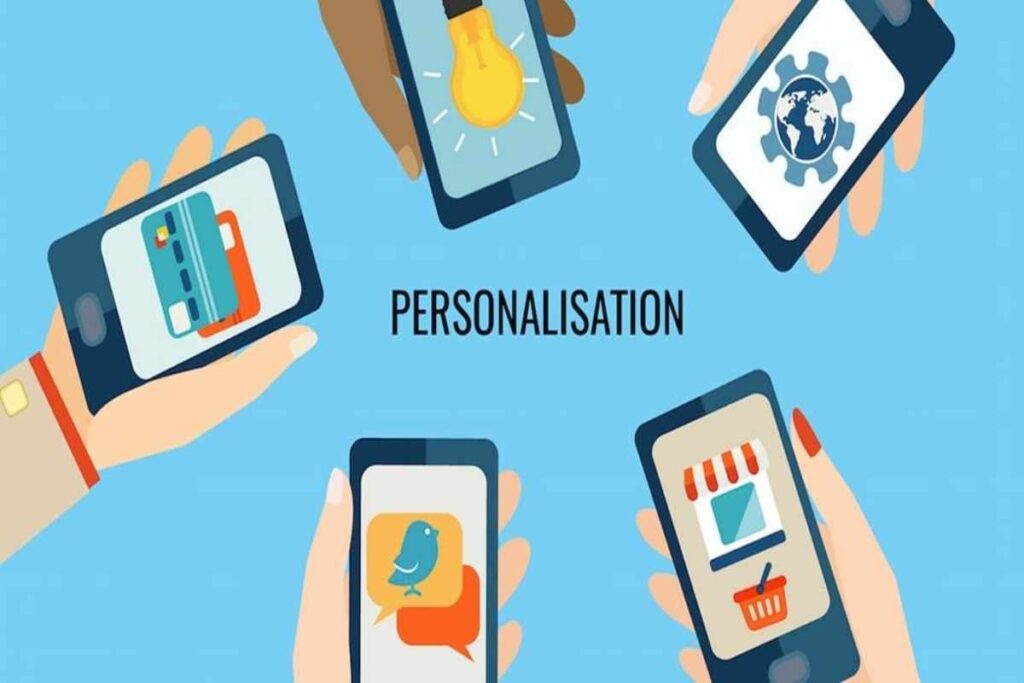Though the population is growing exponentially, it shouldn’t mean that personalisation becomes an impossibility for businesses. Even if your business has grown considerably, retaining that personal touch is still possible. This doesn’t have to be as basic as using AI to insert customer names into an email subject line.
In fact, elements such as user experience (UX) and more algorithmic methods can be hugely enticing for customers. Take Spotify, which uses the algorithm to suggest songs based on your emotions. That said, if you’re a more modest business than Spotify, there’s no reason for you to think that finding a middle ground between this complex algorithmic model and personalising emails is impossible.
Another example of this kind of algorithmic model would be Amazon, which often suggests products based on products you’ve previously purchased. With artificial intelligence and algorithmic technology, it demonstrates that you can also take advantage of modern technology in order to define your target audience.
Though the online marketplace is generally where this personalization aspect takes place in the modern business environment, this shouldn’t be to the detriment of your face-to-face relations if your business is based online and offline. You can certainly combine the two elements for an all-round fantastic customer experience.
So what is content personalisation?
Content personalisation allows you to tailor content to individual users, based on their respective traits or preferences. You can usually personalise based on your website analytics, considering various metrics and demographics, from location to age to profession.
Sometimes you might see this kind of marketing referred to as ‘one-to-one’ marketing, based on the specific target. In general, it means you meet the customer’s targets more quickly and more efficiently. If you have the tools to do this on a significant scale, it goes without saying that the benefits are numerous.
Nowadays, it feels redundant to use a ‘one-size-fits-all’ method of marketing, in that we have access to technology capable of assisting all aspects of our business. Impersonal shopping experiences do nothing to benefit your customer, which ultimately does nothing to benefit your business.
How can you bring content personalisation to your business?
Cookies allow you to use this algorithmic model to personalise your content, as well as your advertising and marketing. You can use filtering to receive the relevant information that can make your website experience as personalised as possible for instance.
The customer journey should be foremost on your mind when considering content personalisation, as it allows an understanding of each phase, from first contact to after the sale. Think about how they got there, and whether or not it was an effective means of doing so – are there elements of that journey that could have gone smoother?
Customers are beginning to expect more from brands, particularly if they are online. Given that a great deal of transactions occur online now, this should be the area on which you look to focus. It needn’t be a complex undertaking though. Again, AI could be your friend here in allowing customers to receive a tailored experience that isn’t painstakingly put together.
We have the tools, so essentially it comes down to just how intelligently we can work with them, or make them work effectively for us. When combined with excellent customer service, content personalisation can truly help your business stand out.


